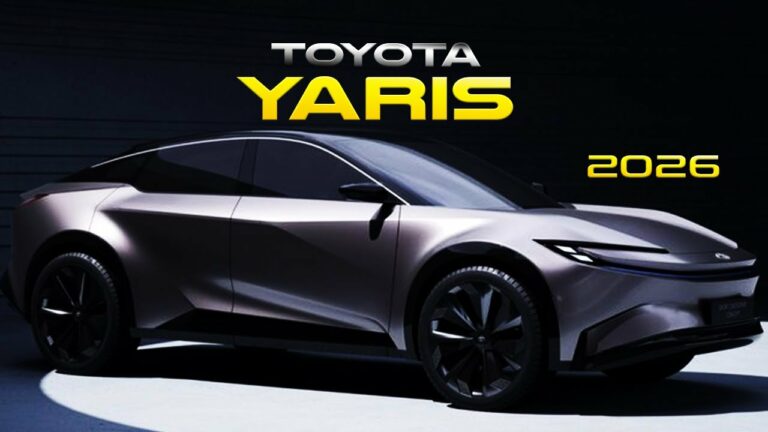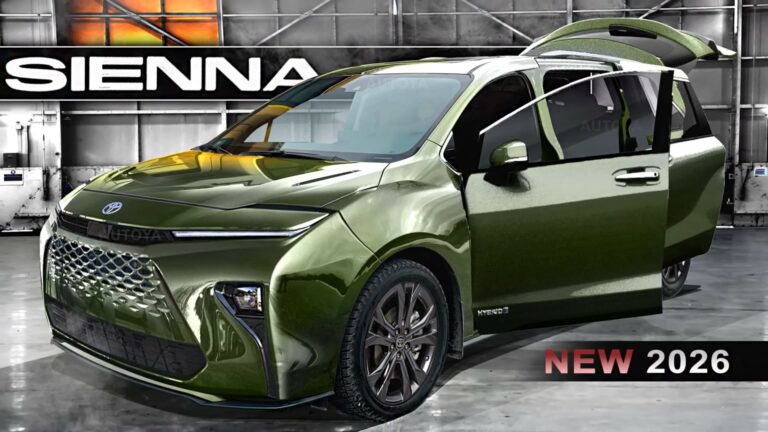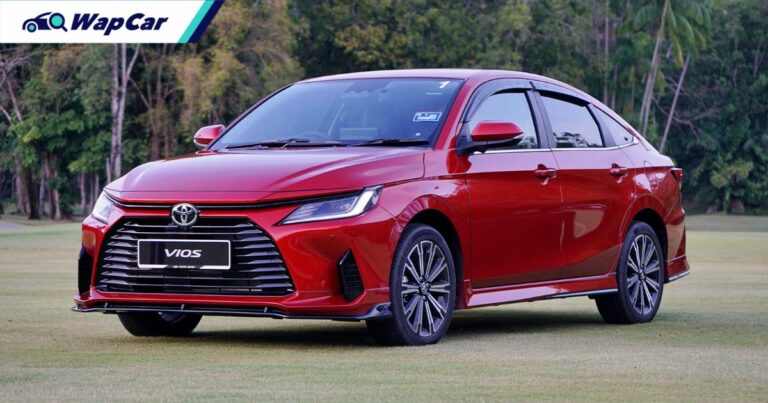2026 Toyota Prius Plug-In Price
Pricing Structure
The 2026 Toyota Prius Plug-In comes in three trim levels: LE, XLE, and Limited. The pricing for each trim level is as follows:
| Trim Level | Price |
|—|—|
| LE | $28,500 |
| XLE | $31,000 |
| Limited | $34,000 |
The Prius Plug-In is eligible for a federal tax credit of up to $7,500, which can reduce the purchase price significantly. There may also be additional incentives available from state and local governments.
The price differences between trim levels are due to the different features and amenities that are included. The LE trim level is the base model and comes with standard features such as a 1.8-liter four-cylinder engine, a continuously variable transmission (CVT), and a 6.5-inch touchscreen infotainment system. The XLE trim level adds features such as heated seats, a power sunroof, and a 7-inch touchscreen infotainment system. The Limited trim level is the top-of-the-line model and comes with features such as leather seats, a 10-speaker JBL sound system, and a head-up display.
Comparison to Competitors

The 2026 Toyota Prius Plug-In faces competition from several plug-in hybrid vehicles in the market. To evaluate its value proposition, let’s compare its price and features to its rivals.
Pricing Comparison
The table below shows the starting prices of the 2026 Toyota Prius Plug-In and comparable plug-in hybrid vehicles from other manufacturers:
| Vehicle | Starting Price |
|—|—|
| 2026 Toyota Prius Plug-In | $32,000 |
| 2026 Honda Clarity Plug-In Hybrid | $34,500 |
| 2026 Hyundai Sonata Plug-In Hybrid | $35,000 |
| 2026 Kia Niro Plug-In Hybrid | $34,000 |
As evident from the table, the Prius Plug-In is priced competitively within its segment. It offers a slightly lower starting price than the Honda Clarity Plug-In Hybrid and Kia Niro Plug-In Hybrid, while being marginally more expensive than the Hyundai Sonata Plug-In Hybrid.
Value Proposition
In terms of features, the Prius Plug-In offers a comprehensive package. It comes standard with a 1.8-liter four-cylinder engine paired with two electric motors, providing a combined output of 194 horsepower. It also features a 8.8 kWh lithium-ion battery pack, allowing for an all-electric range of up to 25 miles.
The Prius Plug-In’s interior is spacious and well-equipped, with features such as an 8-inch touchscreen infotainment system, Apple CarPlay and Android Auto integration, and a suite of safety features.
Compared to its rivals, the Prius Plug-In offers a strong value proposition. It has a competitive price point, a fuel-efficient powertrain, and a well-rounded feature set. This makes it an attractive option for consumers seeking a plug-in hybrid vehicle that combines affordability, efficiency, and practicality.
Competitive Landscape
The plug-in hybrid vehicle market is becoming increasingly competitive. Manufacturers are introducing new models with improved performance, efficiency, and features. The Prius Plug-In faces competition not only from traditional automakers but also from emerging electric vehicle startups.
To stay competitive, Toyota must continue to innovate and improve the Prius Plug-In’s offerings. It should focus on enhancing the vehicle’s all-electric range, improving its fuel economy, and adding more advanced features. By doing so, Toyota can ensure that the Prius Plug-In remains a top choice for consumers seeking a practical and affordable plug-in hybrid vehicle.
Market Trends
The Toyota Prius Plug-In has undergone significant price fluctuations throughout its history. In 2012, the base model was priced at $29,995. By 2016, the price had risen to $30,450, before dropping to $27,450 in 2018. In 2021, the price increased again to $29,750, and it currently stands at $30,250.
Several factors have contributed to these price changes. Industry trends, such as the rising popularity of electric vehicles, have driven up demand for the Prius Plug-In. Additionally, economic factors, such as inflation and supply chain disruptions, have also impacted the price of the vehicle.
Government Regulations and Incentives
Government regulations and incentives can also significantly impact the price of the Prius Plug-In. In the United States, the federal government offers a tax credit of up to $7,500 for the purchase of a new electric vehicle. This credit can help to offset the cost of the Prius Plug-In, making it more affordable for consumers.
State and local governments also offer a variety of incentives for electric vehicles. These incentives can include tax breaks, rebates, and access to high-occupancy vehicle (HOV) lanes. These incentives can further reduce the cost of owning a Prius Plug-In, making it a more attractive option for consumers.
Customization and Options

The 2026 Toyota Prius Plug-In offers a range of customization options to tailor the vehicle to your specific needs and preferences. These options allow you to enhance the appearance, comfort, and functionality of your Prius Plug-In, making it a truly personalized driving experience.
Customization options include exterior upgrades such as different wheel designs, body kits, and paint colors. Interior enhancements include upgraded upholstery, infotainment systems, and safety features. You can also choose from a variety of accessories to further personalize your Prius Plug-In, such as roof racks, cargo organizers, and floor mats.
Exterior Customization
- Wheel Designs: Choose from a range of stylish wheel designs to enhance the exterior appearance of your Prius Plug-In.
- Body Kits: Add a touch of sportiness or sophistication with optional body kits that modify the front and rear bumpers, side skirts, and spoiler.
- Paint Colors: Express your individuality with a choice of vibrant paint colors, including exclusive hues reserved for the Prius Plug-In.
Interior Customization
- Upholstery: Upgrade the interior comfort with premium upholstery options, such as leather or faux leather, in a variety of colors.
- Infotainment Systems: Enhance your driving experience with advanced infotainment systems that offer larger touchscreens, navigation, and smartphone integration.
- Safety Features: Prioritize safety with optional driver-assist technologies such as blind-spot monitoring, lane departure warning, and adaptive cruise control.
Accessories
- Roof Racks: Carry additional cargo or recreational equipment with versatile roof racks that can accommodate bikes, kayaks, or luggage.
- Cargo Organizers: Keep your belongings organized and easily accessible with custom-designed cargo organizers that fit the trunk or cargo area.
- Floor Mats: Protect your Prius Plug-In’s interior from dirt and wear with durable and stylish floor mats.
The impact of customization on the overall price of the Prius Plug-In varies depending on the options and accessories you choose. However, even minor upgrades can significantly enhance the appearance, comfort, and functionality of your vehicle, making the investment worthwhile for many drivers.
Resale Value
The 2026 Toyota Prius Plug-In is expected to have strong resale value due to its fuel efficiency, reliability, and brand reputation. After 3 years, it is projected to retain approximately 55-60% of its original value, while after 5 years, it is estimated to retain around 45-50%.
Factors Affecting Resale Value
Several factors influence the resale value of the Prius Plug-In, including:
- Fuel efficiency: Hybrid and plug-in hybrid vehicles like the Prius are highly sought after due to their low fuel consumption, which can save buyers money on gas and reduce their environmental impact.
- Reliability: Toyota vehicles have a reputation for reliability and durability, which can boost their resale value.
- Market demand: The demand for fuel-efficient and environmentally friendly vehicles is expected to remain strong in the coming years, which should support the resale value of the Prius Plug-In.
Comparison to Competitors
Compared to similar vehicles in its class, the Prius Plug-In is expected to have a competitive resale value. The Honda Clarity Plug-In Hybrid and Hyundai Sonata Plug-In Hybrid are its main rivals, and all three vehicles offer similar fuel efficiency and features. However, the Prius has the advantage of Toyota’s strong brand reputation and extensive dealership network, which could give it an edge in the resale market.
Common Queries
What are the key factors that influence the price differences between trim levels of the 2026 Toyota Prius Plug-In?
The price differences between trim levels primarily stem from the variations in features and equipment. Higher trim levels typically offer enhanced comfort, convenience, and safety features, such as upgraded upholstery, larger infotainment systems, and advanced driver assistance systems.
How does the 2026 Toyota Prius Plug-In compare in price to similar plug-in hybrid vehicles from other manufacturers?
The Prius Plug-In is competitively priced within its segment. It offers a compelling value proposition, balancing affordability with a comprehensive suite of features and excellent fuel efficiency.
What are the potential factors that could impact the future price of the Prius Plug-In?
Future price changes may be influenced by industry trends, economic conditions, government regulations, and the competitive landscape. Technological advancements and changes in consumer demand can also play a role in shaping the price trajectory.



